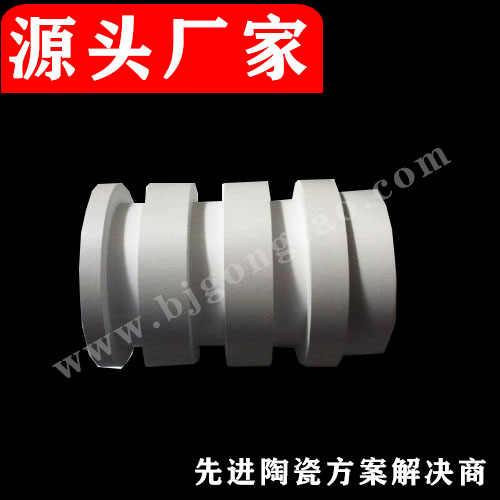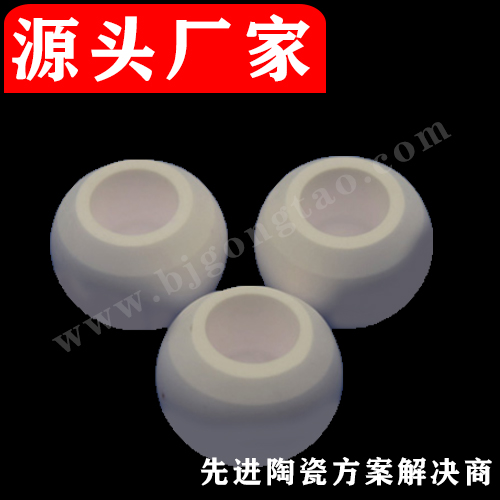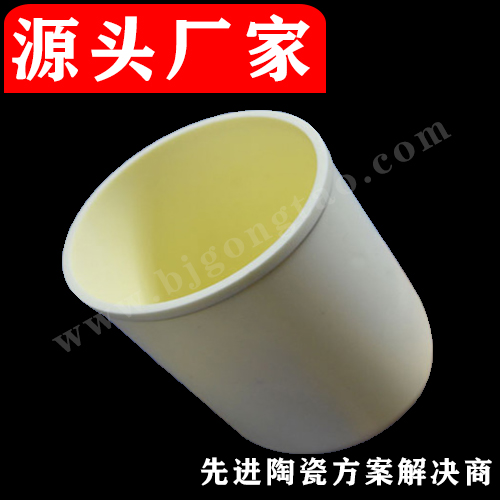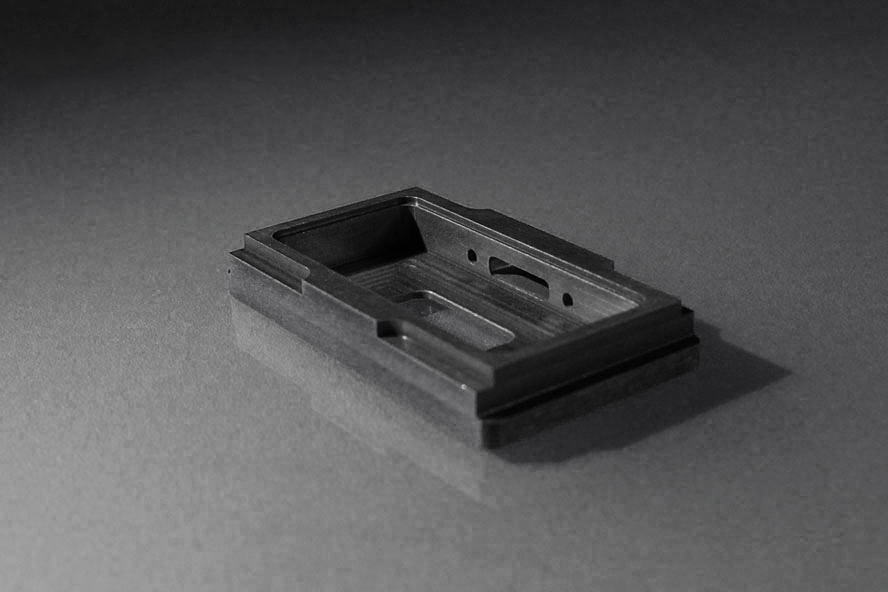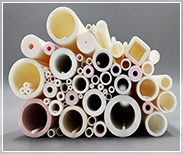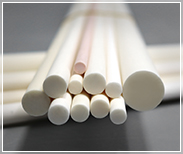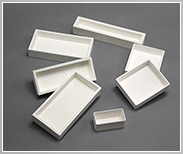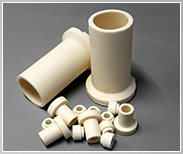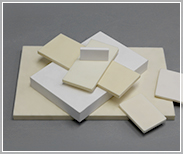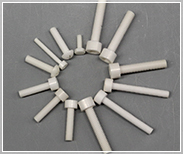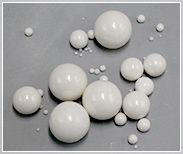
Suzhou Kaifa New Material Technology Co., Ltd.
Email:heqing@szkfxc.com
Email:sales@szbknm.com
Email:bkxc.bonnie@gmail.com
Aluminum silicon carbide package shell
Email:beikenano@gmail.com
Email:beikenano@gmail.com
Aluminum silicon carbide has good thermal conductivity, so it has a wide range of applications in the field of electronic packaging.
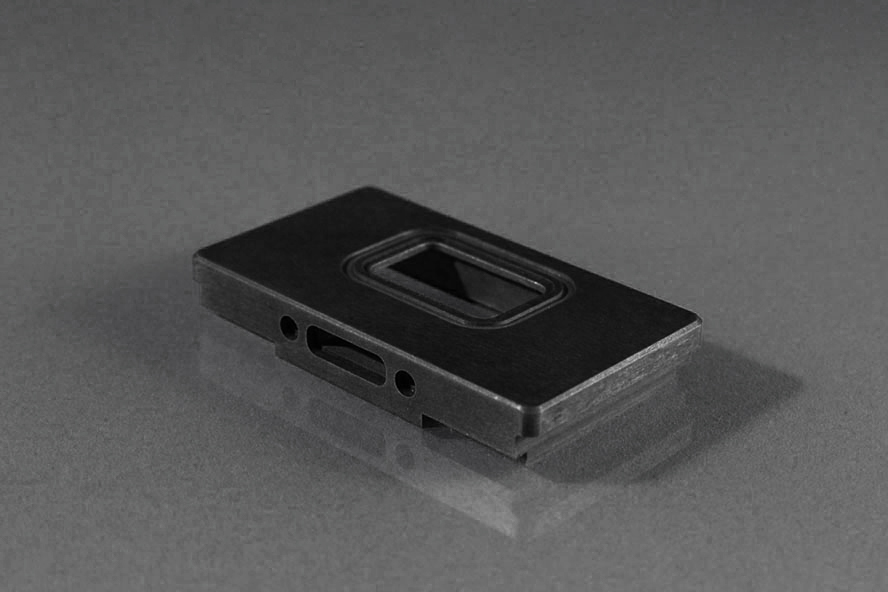
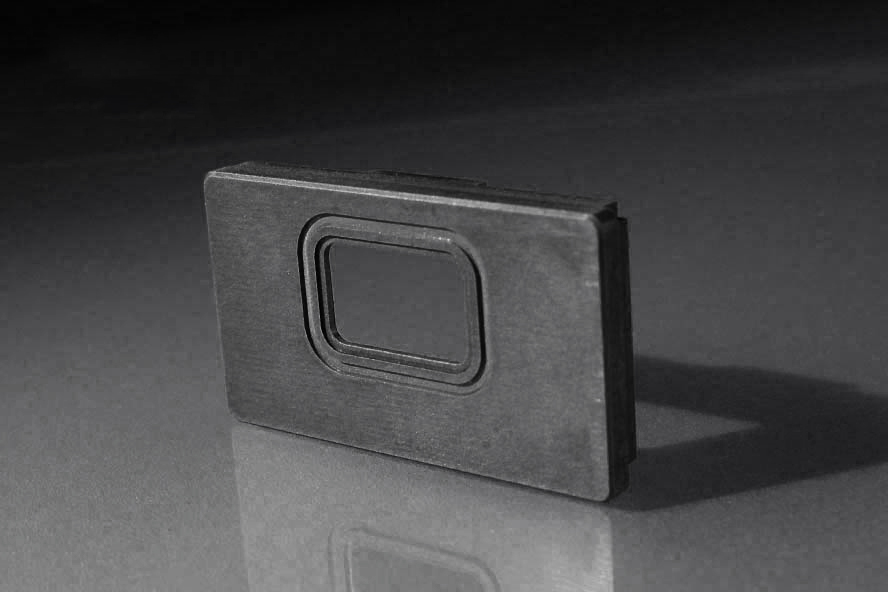
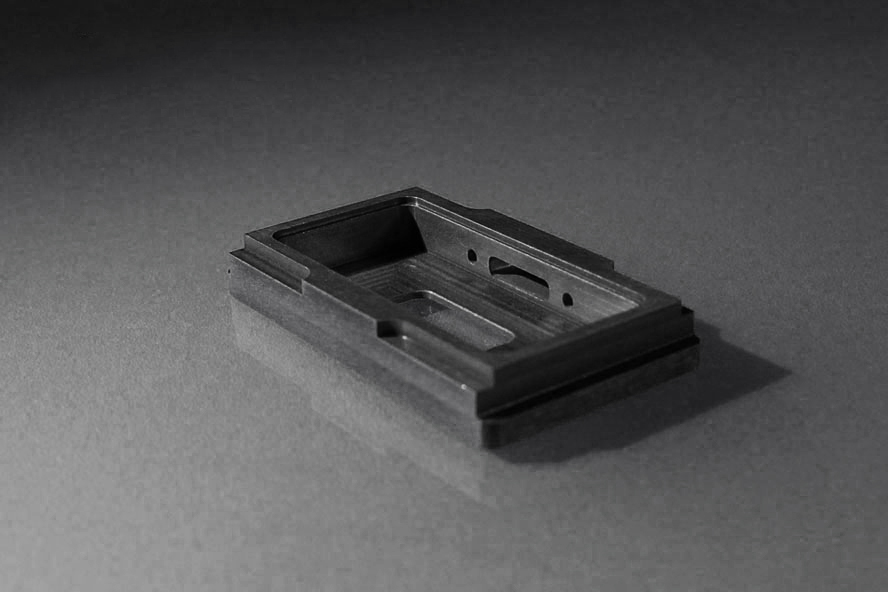
Aluminum silicon carbide AlSiC, pronounced "alsick", is a metal matrix composite material composed of an aluminum matrix and silicon carbide particles. It has high thermal conductivity (180-200 W/m K), and its thermal expansion can be adjusted to match other materials, such as silicon and gallium arsenide chips and various ceramics. It is mainly used in the field of microelectronics as a substrate for power semiconductor devices and high-density multi-chip modules, helping to remove waste heat.
There are several variants of aluminum silicon carbide:
AlSiC-9 contains 37 vol.% A 356.2 aluminum alloy and 63 vol.% silicon carbide. Its thermal conductivity is 190–200 W/m K. Its thermal expansion rate roughly matches that of gallium arsenide, silicon, indium phosphide, aluminum oxide, aluminum nitride, silicon nitride and direct bonding copper aluminum nitride. It is also compatible with some low-temperature co-fired ceramics, such as Ferro A6M and A6S, Heraeus CT 2000 and Kyocera GL560. Its density at 25 °C is 3.01 g/cm3.
AlSiC-10 contains 45 vol.% A 356.2 aluminum alloy and 55 vol.% silicon carbide. Its thermal conductivity is 190–200 W/m K. Its thermal expansion roughly matches, such as printed circuit boards, FR-4 and Duroid. Its density at 25 °C is 2.96 g/cm3.
AlSiC-12 contains 63 vol.% A 356.2 aluminum alloy and 37 vol.% silicon carbide. Its thermal conductivity is 170–180 W/m K. It is compatible with the same materials as AlSiC-10 in general. Its density at 25 °C is 2.89 g/cm3.
AlSiC composites are suitable substitutes for copper molybdenum (CuMo) and copper tungsten (CuW) alloys; their weight is about 1/3 of copper, 1/5 of CuMo and 1/6 of CuW, making them suitable for weight Sensitive applications; they are also stronger and harder than copper. They can be used as heat sinks, substrates for power electronic devices (such as IGBTs and high-power LEDs), heat sinks, electronic device housings, and chip covers, such as microprocessors and ASICs. Metal and ceramic blades and channels for coolant can be integrated into the part during the manufacturing process. The production cost of AlSiC composites is relatively low (mass production is 2-4 US dollars/lb); however, special tools can cause a lot of upfront costs, making AlSiC more suitable for mature designs. [1] [2] Heat pipes can be embedded in AlSiC to increase the effective thermal conductivity to 500-800 W/m K.
AlSiC parts are usually manufactured using a near net shape method, that is, SiC preforms are manufactured by metal injection molding of SiC binder slurry, fired to remove the binder, and then infiltrated with molten aluminum under pressure. The parts can be manufactured with sufficient tolerances and no further processing is required. The material is completely dense, has no voids, and is airtight. Its high rigidity and low density are suitable for large thin-walled parts such as fins for heat dissipation. AlSiC can be plated with nickel and nickel gold, or by thermal spraying other metals. Ceramic and metal inserts can be inserted into the preform before aluminum infiltration, thus forming an airtight seal. [3] AlSiC can also be prepared by mechanical alloying. When using a lower level of SiC content, parts can be stamped from AlSiC sheets.
The aluminum matrix contains a large number of dislocations, which is the reason for the strength of the material. Due to the different thermal expansion coefficients of silicon carbide particles, dislocations are introduced during the cooling process. A similar material is Dymalloy, which uses copper-silver alloys instead of aluminum and diamonds instead of silicon carbide. Other materials include carbon fiber reinforced copper, diamond reinforced aluminum, reinforced carbon carbon and pyrolytic graphite.
Warm tips: Kaifa products are only used for scientific research, not for human body,different batches of products have different specifications and performance.The website pictures are from the Internet. The pictures are for reference only. Please take the real object as the standard. In case of infringement, please contact us to delete them immediately.
Quality AssuranceHigh standards of the industry-leading
|
Ceramic tube Thermocouple protection tube |
|
Ceramic rod Ceramic shaft sleeve insulated |
|
Ceramic crucible High quality and high temperature resistant |
|
T-shaped concave convex tube High temperature insulator porcelain mouth porcelain |
|
Ceramic plate Alumina plate, ceramic plate, bearing plate, |
|
Ceramic gasket High temperature resistant ceramic ring, |
|
Screw nut Insulating screws, corrosion-resistant bolts, |
|
Ceramic ball Alumina and zirconia ultrafine grinding media. |

